Trauma affects every aspect of your life, your body, and your mind. It manifests itself in both psychological, emotional and physical ways, but despite it’s deeply impacting effects, there are many ways to find relief. One of those ways is by practicing Trauma Release Exercises, or TREs.
Stress causes the body to remain in “fight, flight, or freeze” mode for extended periods of time, and this takes its toll on our mental and physical health. Stress is often accompanied by an increased heart rate, aches and pains, exhaustion or insomnia, high blood pressure, and an array of other unpleasant physical symptoms. While these reactions play an important role in keeping us safe in the face of real danger, when we are stressed, our bodies can stay in this state for way longer than they should.
What are Trauma Release Exercises?
Trauma Release Exercises, developed by David Berceli, Ph.D., are physical exercises that help assist your body in releasing deep muscular patterns of stress, tension, anxiety, and trauma. These exercises do this by safely activating a natural reflex mechanism in your body, a shaking or vibration sensation that helps to release muscular tension. By releasing muscle tension, your nervous system calms down, and your body can return to a more balanced state.
Practicing Trauma Release Exercises, or TREs can help you relax deeply and reduce your overall stress levels. You will likely experience increased energy levels, improved sleep quality, reduced muscle and back pain, increased flexibility, and many more health benefits from trying these exercises. They are simple movements that you can use throughout your life to have better mental and physical health, and control over your stress and anxiety.
Trauma Release Exercises are effective for victims of accidents, or violence, people suffering from PTSD, anxiety, and depression, as well as athletes, parents, spouses, and anyone at all. If you are reading this, you can benefit from TREs! Below you can find some step-by-step instructions on how to practice some simple TREs on your own:
5 Trauma Release Exercises
Exercise 1: Helps to stimulate your nervous system, starting in your feet and traveling up your body.
- Stand with your feet comfortably shoulder-width apart.
- Gently lean your weight to one side of your body. Balance on the outer edge of the foot on the side you are leaning toward, and on the inner side of the foot on the side you’re leaning away from.
- Take 2-3 slow, deep breaths.
- Repeat leaning toward the other side of your body.
- Repeat on each side 2-3 times.
- Stretch/shake it out.
Exercise 2: Helps to fatigue your calf muscles
- If it helps, you can use a yoga block nearby and use a wall for support.
- Bring your weight onto one foot, and bend your opposite knee.
- Rise up onto your tiptoes, hold for a few seconds, and then slowly lower your heel back to the floor.
- Repeat until you feel about 70% fatigued.
- Repeat with the other foot.
- Stretch/shake it out.
Exercise 3: Helps to fatigue your quads and your glutes
- Bring yourself into a simple chair pose. If it helps, you can use the wall for support or modify as needed.
- Bring your weight to your heels.
- Remain in this position until you feel about 70% fatigued.
- Stretch/shake it out.
Exercise 4: Helps to stretch your inner thighs.
- Stand with your feet comfortably wider than shoulder width apart.
- Fold your body forward, hinging at the hips, and let your head hang down. You can bend your knees here.
- While hanging, take 3 full, deep breaths with your head in the center of your body.
- Shift your weight to one side of your body, bringing your head into alignment with your knee. Take 3 more full, deep breaths.
- Repeat on the other side.
- Repeat, once more, in center, and then slowly come back to standing.
- Stretch/shake it out.
Exercise 5: Helps to fatigue the upper thighs
- Sit up against a wall, make sure you can see your toes.
- Dip your hips down low enough to start to feel a burn, and hold that position until you feel about 70% fatigued.
- Stretch/shake it out.
Feeling worn out? That’s a good thing…
TRE’s will help you to achieve the trembling, shaking, or vibrating sensation that is so therapeutic. You will likely feel your legs shaking or slightly spasming, and you may experience a light or tingly sensation following the exercises.
Those who practice TREs sometimes feel worn out, and sometimes feel incredibly energized after the exercises, but overall, TREs help you to feel more relaxed, rejuvenated, and calm.
In addition to TRE’s to help your body manage the physical impacts of trauma, addressing it with a licensed therapist can help you to change the way that you think about your experience and help you to emotionally and psychologically heal.
If you or a loved one has experienced trauma and would like to see if trauma therapy is for you, reach out to us for a free 20-minute consultation.
About the author(s)
Karen is the founder and Clinical Director of Cohesive Therapy NYC. She earned a Masters in Social Work from New York University and has extensive training in Hypnosis, Anxiety, Cognitive Behavioral Therapy, Brainspotting, and DGBI. She is a member of the Institute of Certified Anxiety Treatment Professionals, The Rome Foundation, the National Association of Social Workers, The Crohn's and Colitis Foundation, and the American Social of Clinical Hypnosis.

